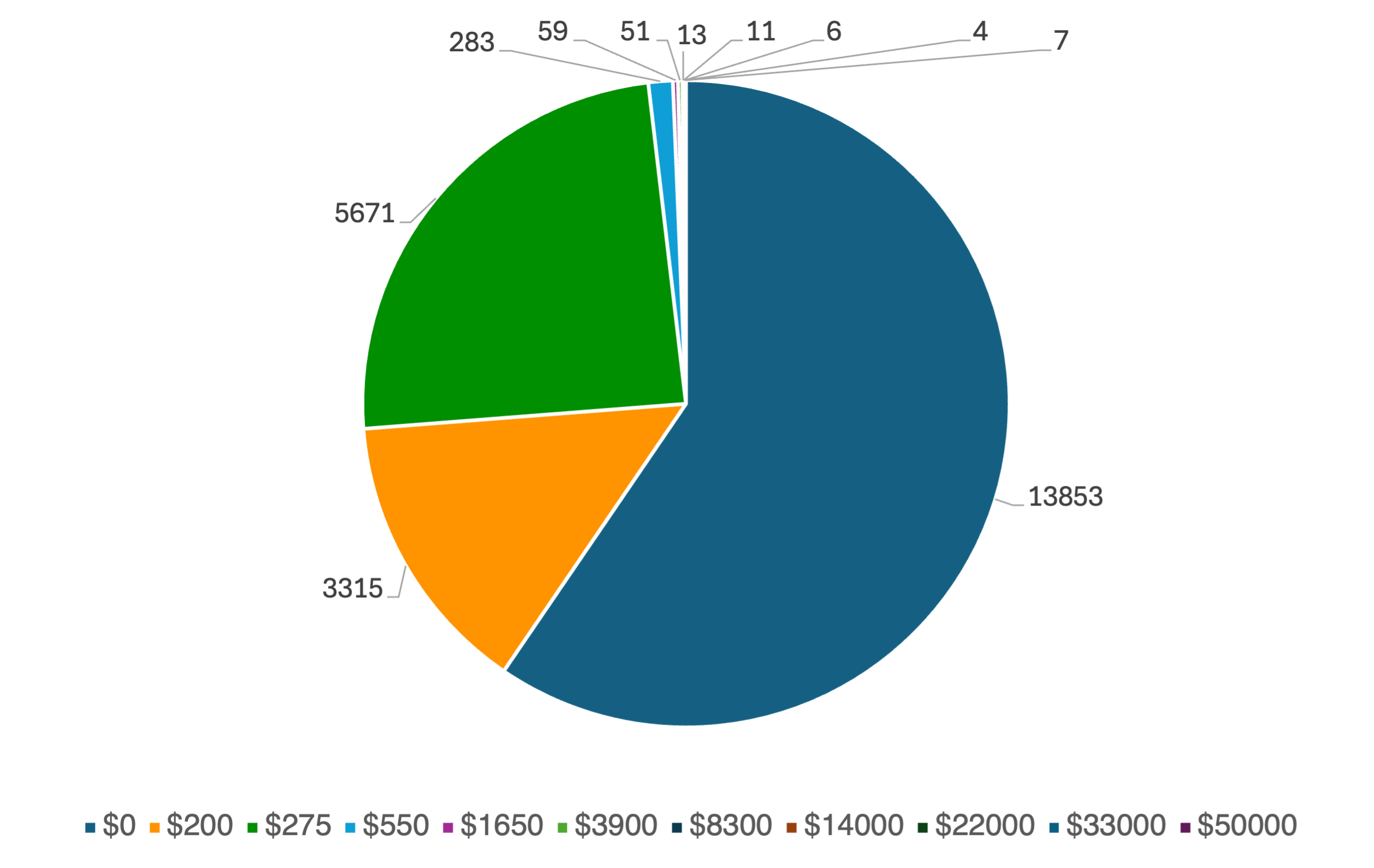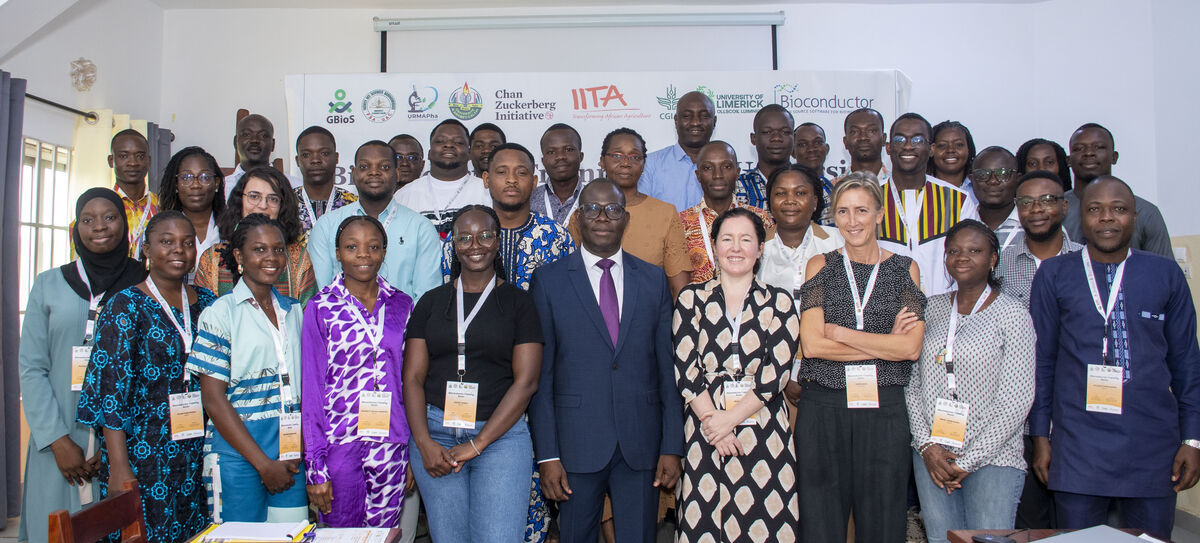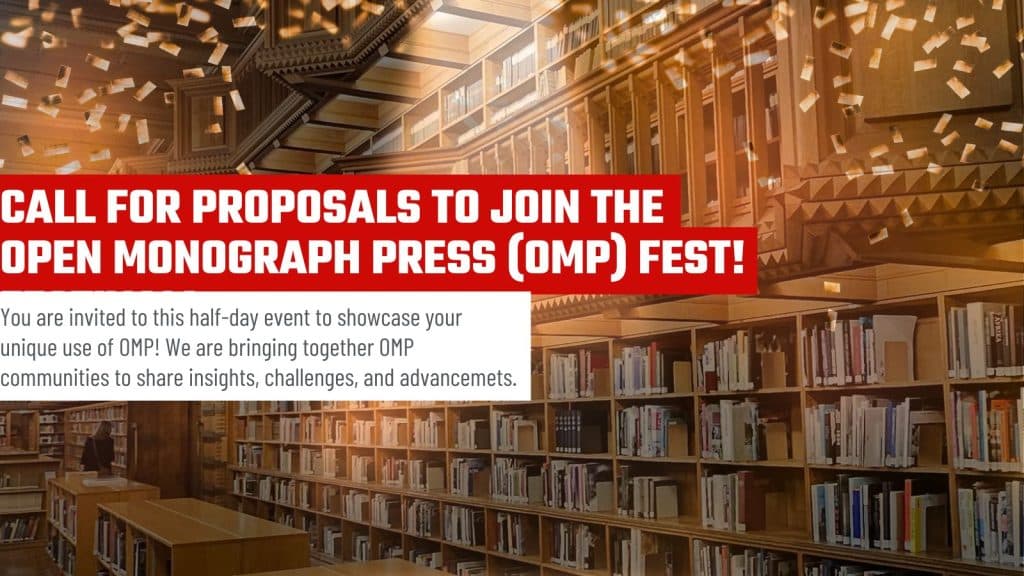Appalachian Folklore & Myths In American cryptid lore, Mothman usually shows up as a fully formed monster. He has wings, glowing red eyes, and a habit of appearing right before disaster. Yet if we back up and treat him like any other Appalachian folk figure, the story looks less like a jump scare and more like a case study in how legends grow.
Postagens de Rogue Scholar
Appalachian Folklore & Myths Introduction Somewhere in the deep dark hills of eastern Kentucky, people will tell you, there is a hillside gravestone that carries a warning: “you will never leave Harlan alive.” Tour guides mention it. Facebook posts swear by it. Fans drive winding mountain roads hoping to stand in front of the stone that inspired one of Appalachia’s most haunting modern songs.
Appalachian Figures In the early 2000s, the film O Brother, Where Art Thou? turned “I Am a Man of Constant Sorrow” into a global hit. Long before that soundtrack and long before the Stanley Brothers or Bob Dylan sang the song, a quiet singer from Wayne County, Kentucky stepped into a Chicago studio and cut the first commercially released recording of it. His name was Emry Arthur.
Appalachian Figures Micajah Burnett is usually remembered as the Shaker architect whose limestone houses and twin spiral staircases still surprise visitors at Pleasant Hill in Mercer County. He is less often remembered as a frontier boy from Wayne County, growing up on the edge of the Appalachian plateau before he ever laid out a village street or calculated a water system.

In January 2026, our new annual membership fee tier takes effect. The new tier is US$200 for member organisations that operate on publishing revenue or expenses (whichever is higher) of up to US$1,000 annually.
As a package maintainer, you might want to get some numbers or impressions on the usage of your package for various reasons: getting some confirmation that your work is useful, prioritizing development on specific features of your software, helping justify a request for funding. Don’t get your hopes too high: there is no perfect solution nor measure.

Introduction From November 17 to 25, 2025, Bioconductor held its first in-person training workshop in West Africa.

PKP invites Open Monograph Press users and community members to join OMP Fest for a half-day on Wednesday March 25th, 2026, 9 AM PT, and shares a Call for Proposals. We invite you to join us in March for OMP Fest, a half-day event to celebrate the use of OMP in the PKP user community! […] The post Save the Date! PKP is hosting “OMP Fest” to celebrate our Community and Open Monograph Press appeared first on Public Knowledge Project.
Appalachian Figures On a modern map, Elk Spring Valley in Wayne County, Kentucky looks like one more fold in the Appalachian foothills. In the early nineteenth century it was a busy crossroads, a place where Virginia and North Carolina families filtered into Kentucky, then followed the rivers and roads south into Tennessee.

The compound spiro-dibenzocycloheptatriene (figure 1) made headlines a year ago by claiming that the ipso carbon atoms across the molecule were bound together by a single electron σ bond.

A couple of days ago, I stumbled over a Mastodon post by @johl, in which [he shared vimwiki](https://github.com/vimwiki/vimwiki) as his approach for taking notes in vim. Which immediately piqued my interest, as I have so far been just taking my notes in plain vim without a way of linking them.